
- Inspiring People -
- 7mins -
- 1,809 views
Regrow Food in Water: 10 Foods that Regrow Without Soil
No garden, no problem! A simple way to stretch the grocery money a little bit further is to regrow food in water!
Grow food in water for fresh veg at home
Did you know you can regrow food in water without soil? Gardening couldn’t get any easier. This is great news for those who buy organic vegetables, but even if you don’t, a simple way to stretch the grocery money a little bit further is to regrow food in water!
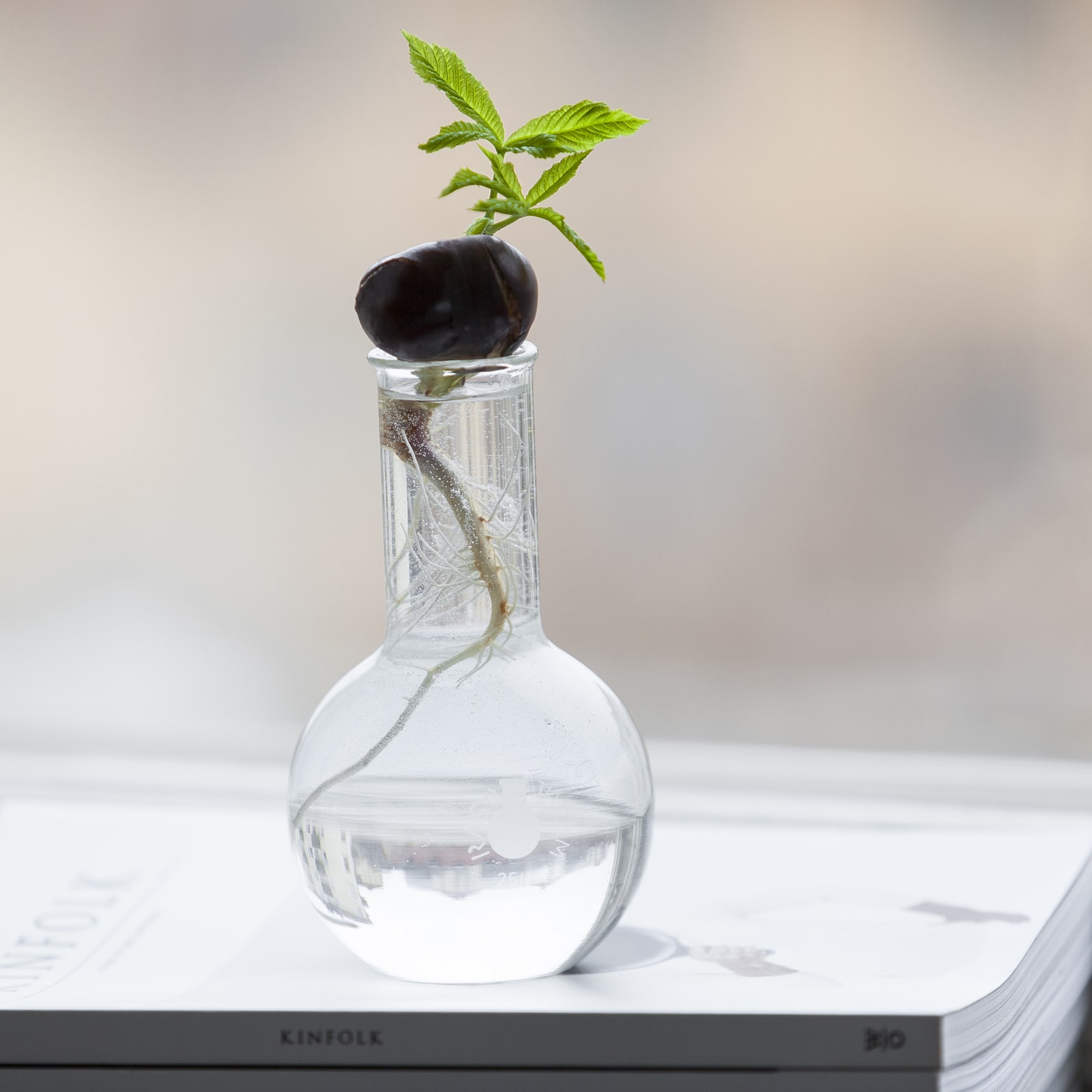
Why Regrow Food in Water?
There are plenty of good reasons to regrow food, but the most important are:
A. It’s absolutely free.
You already bought the vegetable. All it costs is a few tablespoons of water – but if you’re smart about it, you can re-use water you’ve already used elsewhere, like from boiling pasta or water that you collected while waiting for the shower to get hot. Then it wouldn’t cost you a dime!
B. It’ll trim your grocery budget.
Little ways to save you money really do add up to bigger savings, as long as you’re diligent about using them.
Now, you won’t get a huge harvest out of any of these items, but it is still food and every little bit helps. Even if it’s a few leaves of lettuce to scoop your tuna salad with, you can regrow food you didn’t have before and won’t have to buy.
C. It makes organics more affordable.
Afford organic food just got easier! If you start with organic food, you’ll regrow food that’s organic… so you’ll reap the benefits of organic greens without actually paying for them!
D. It’s easy.
Stick the plant in water and watch it grow. Really – it’s that simple!
Growing veg scraps in water has multiple other benefits:
- Food waste is a huge issue in our world right now, and regrowing vegetable cuttings is literally using food waste to create more food.
- As you are aware, for reasons of health and safety during the coronavirus outbreaks, the frequency of our trips to the shops has been greatly reduced. Growing at least some of your own fresh veg ensures you have nutrients on hand.
- It’s a great project for children: how something that last month would have been casually tossed in the trash or compost is suddenly an interesting (and tasty) nature lesson.
GENERAL GUIDELINES TO REGROW FOOD IN WATER
- You don’t need a lot of water – just enough to cover the roots. About 1/2″ of water seems to be sufficient otherwise the food can get moldy and slimy.
- Be sure to check the water every 2-3 days to ensure that A) there’s enough water, and B) no rogue lettuce pieces fall off and slime up your bowl.
- The size of container should be relative to the size of the food you’re growing. Lettuce and celery grows best in shallow bowls. Green onion and lemongrass can be in taller, skinny glasses.
- You can regrow multiples of the same plant as long as you’re not overcrowding the area.
- Using a fertiliser could help with the yield when you regrow food – especially if this is more than a fun side project.
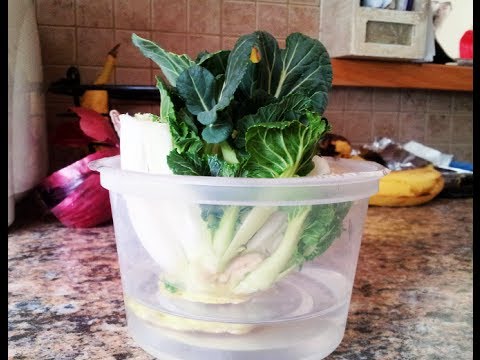

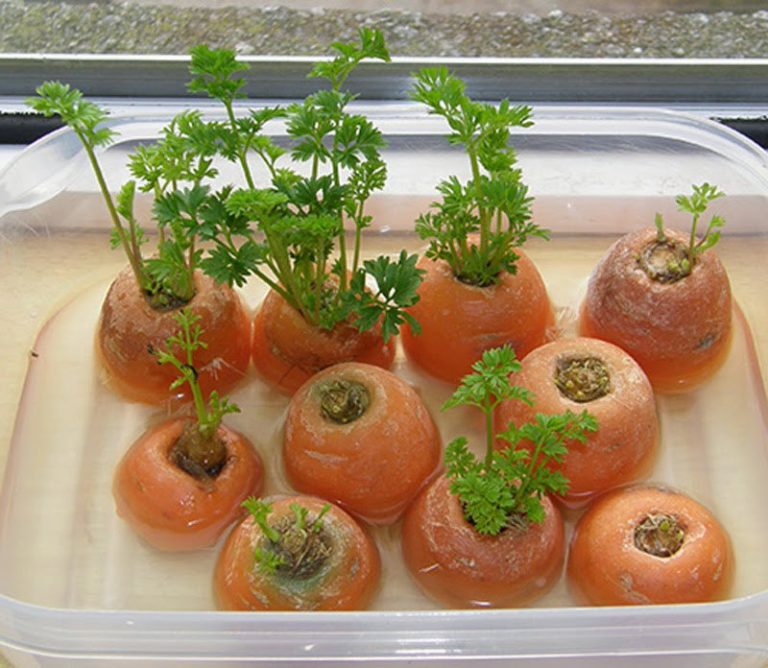
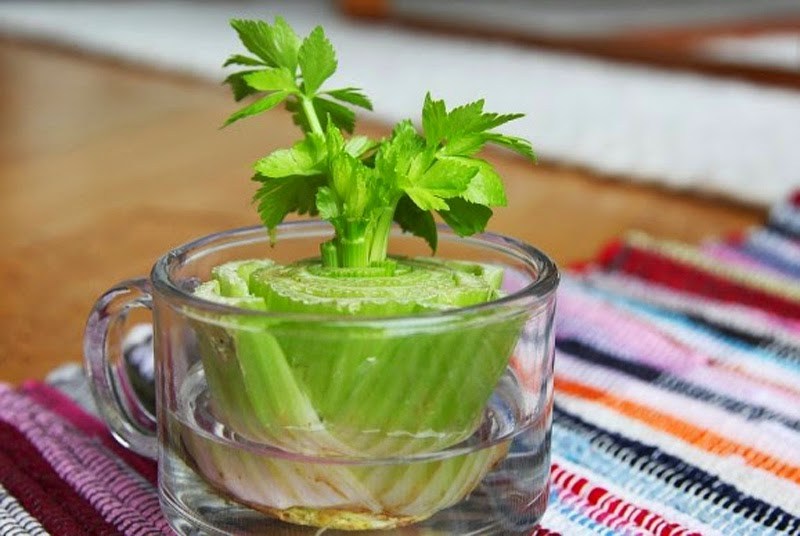
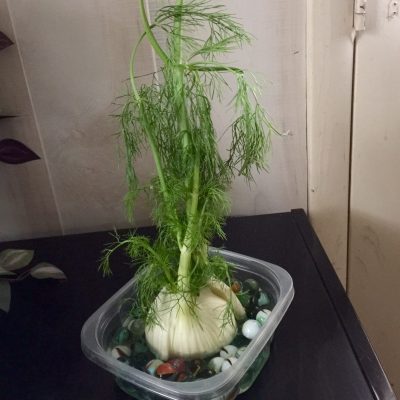
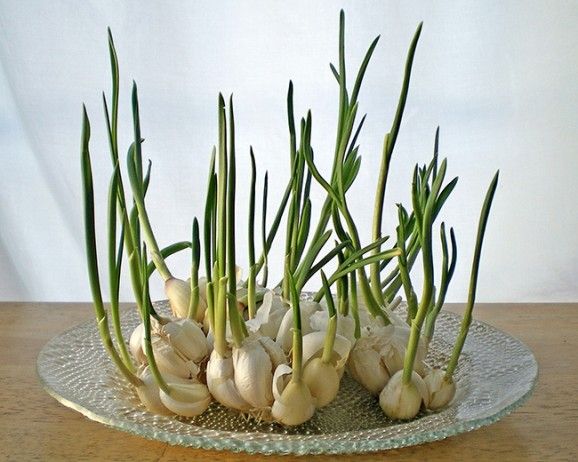
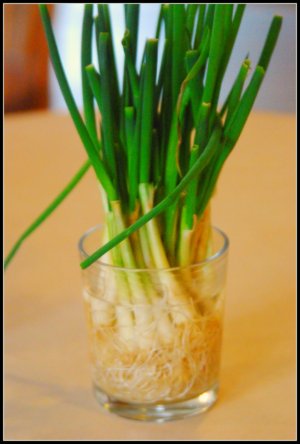
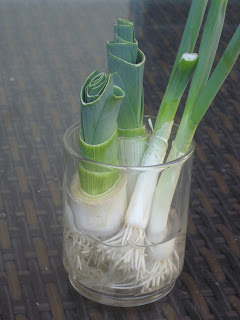

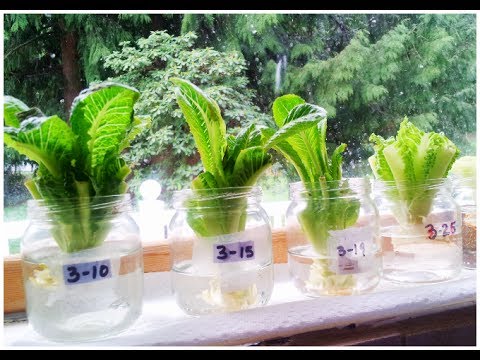
MORE SCRAPS TO REGROW FOOD?
There are plenty other veggies that will regrow using just a small scrap of the original food. These listed below can be started in water, but should be transplanted to soil for full growth and harvest.
- avocado
- basil
- beets
- Coriander/cilantro
- ginger
- lemon balm
- mint
- mushrooms
- onions (white/yellow/red)
- parsnips
- pineapple
- potatoes
- rosemary
- sweet potatoes
- turnips
Also, you can save the seeds/pits from apples, cherries, lemons, nectarines, peaches, peppers (sweet and hot), plums, pumpkins and tomatoes to grow your own new vegetables!
Share with someone who may like this…
Source: DontWasteTheCrumbs All Images: PlantInstuctions

